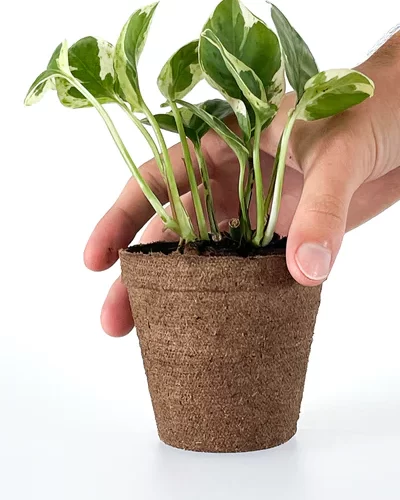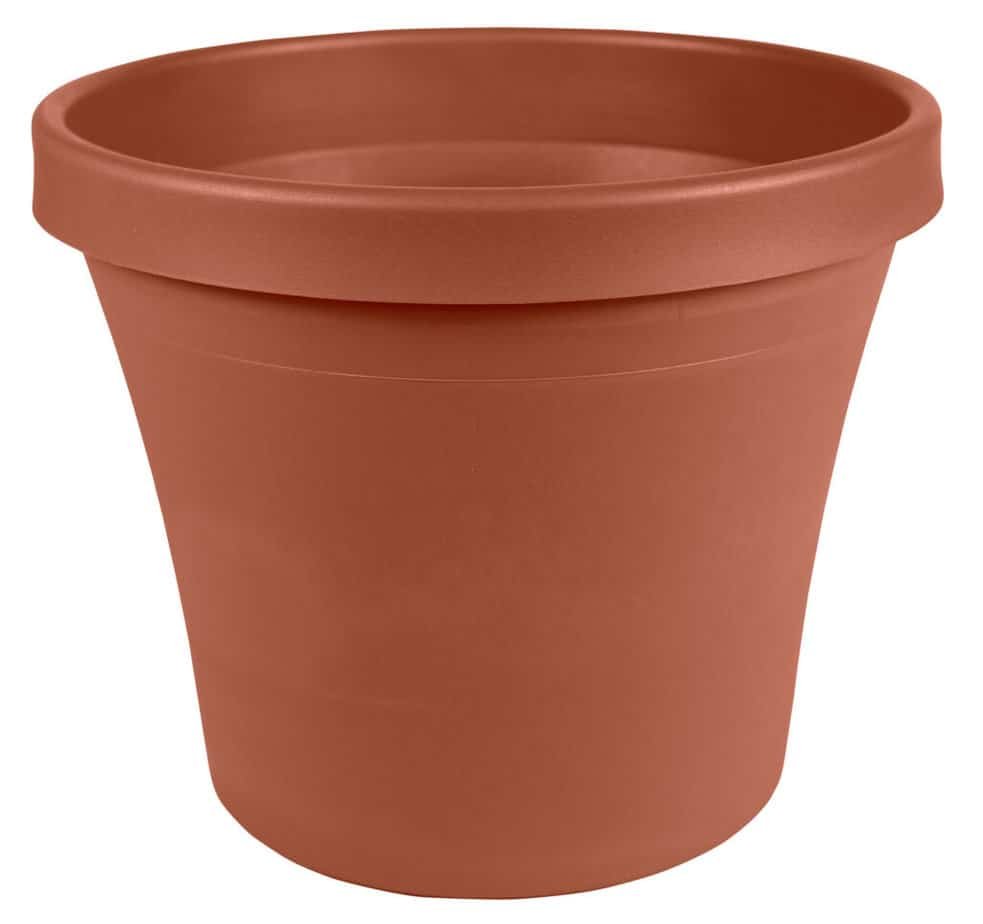What to consider in the right plant pots and do you know what is the best ways to measure soil moisture? If you ask that question, you are at the right time and place.
Here it is, in this article, we are going to share how you choose the correct plant pots for your indoor garden and how to check when your indoor plants need water using Sustee Soil Moisture Meter.
Choosing the Correct Plant Pots for Any Plant



Gardening can be difficult if you live in an apartment or a home with a small yard. If you know how to choose the correct plant pots, container gardening thankfully makes it possible to grow lovely plants inside, on a balcony, or in a little space in your garden.
How to Use Different Types of Plant Pots
While most variations in pot materials are purely ornamental, a few variations can have an impact on the health of your plants.
Plastic Containers
These are often inexpensive and lightweight, and they come in a variety of colors. Because some plastics, especially black plastic, absorb summer heat and might fry your plant’s roots, plastic pots are preferable for indoor plants.
Avoid using plastic that is too thin since it can eventually fall apart under bright sunlight even if plastic does not biodegrade.
Terra Cotta
These traditional red clay pots are the standard for container gardening. Pair these plants with drought-tolerant varieties (such as succulents and rosemary) or prepare to water them frequently because the porous terracotta material absorbs water from the soil before drying up.
Ceramic Pots with Glaze
These pots are strong, substantial, and available in a variety of glaze colors. In a glazed ceramic pot, almost any plant will thrive. Higher costs and a propensity to break in subfreezing temperatures are the two downsides.
Hanging Basket
For small plants, especially succulents, take into account this choice. Avoid putting anything you don’t want to get wet underneath hanging baskets since they provide plants with lots of drainages. Now, do you know the best Ways to Measure Soil Moisture?
The Best Ways to Measure Soil Moisture

For monitoring and managing crop development with IoT technologies, The best ways to Measure Soil Moisture is a crucial issue.
You can determine whether to water your indoor plants and when to sing to them instead by using these five key methods. Try various tests if you’re unsure. Here are the best ways to measure soil moisture:
Finger testing
The finger test has the advantage that the “testing tool” is always available. Put your forefinger up to your first knuckle in the soil of a houseplant to see if it is ready to be watered. Water if the top inch to inch and a half of the soil is dry.
Test With a Wooden Skewer
One of my favorite methods for testing a plant’s readiness for water is this. I like moisture meters, however the ones that are described afterward are fragile. A wooden skewer can be dropped and won’t break unless you step on it.
Test With a Moisture Meter
Use a moisture meter to test plants to determine whether they need water in a more scientific manner.
The Best Ways to Measure Soil Moisture: Using Sutee soil moisture:
The Sustee soil moisture meter measures the soil’s capacity for holding water and shows that information as a shift in color. Just bury the device in the ground between the designated arrows. White indicates that it’s time to water, while blue indicates that there is enough water.
The Snatching Test
Dry containers for houseplants are significantly lighter in weight. Wet ground can be very heavy. Simply take up the houseplant to conduct this test. It’s time to water if it’s light.
After watering a plant, weigh it and make a note of the weight. In this manner, you will be able to tell if it is significantly lighter weight than it was after watering when you raise it in the future to verify.
The Eye Check
The Best Ways to Measure Soil Moisture: Last method. If you pay close attention, you’ll quickly pick up on the signs that each of your plants send when watering is necessary. Hydrated plants appear wholesome and content. Because of the water in their cells, the plant stands upright and has full-looking leaves.
When they require watering, many plants will flag. This is the period of 12 to 24 hours before the plant’s leaves start to droop. The plant may look a little limp, and the leaves will have a dull sheen to them. Watering now will prevent the plant from withering and possibly sustaining long-term damage.
Read More
